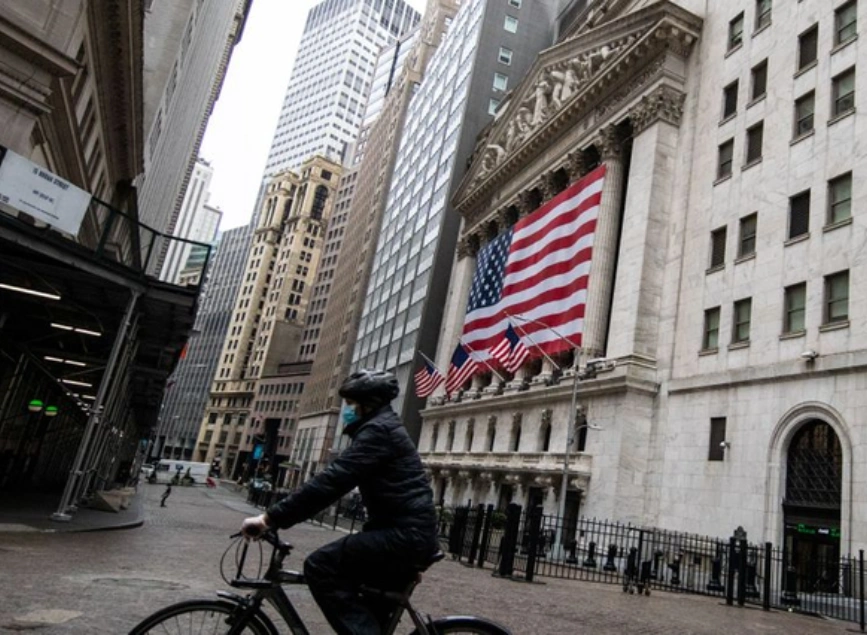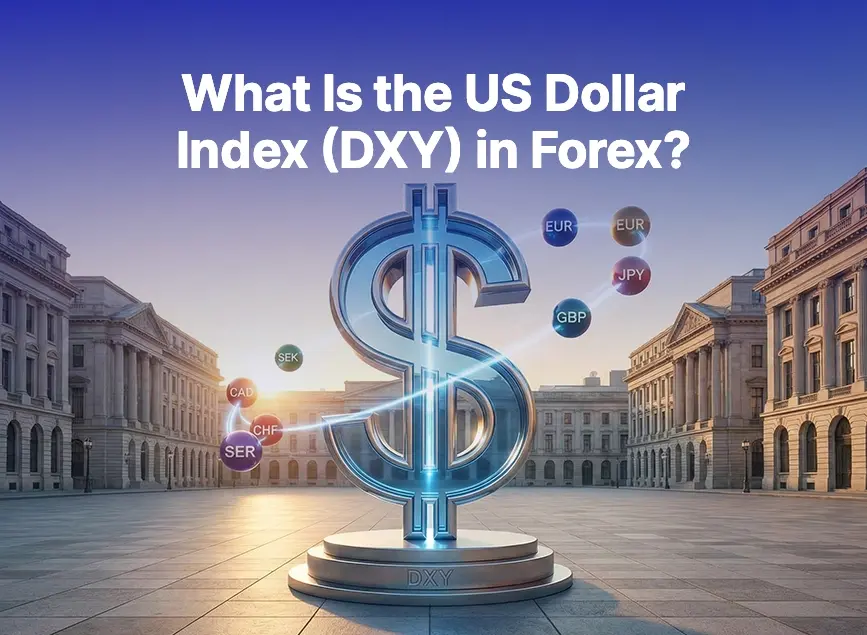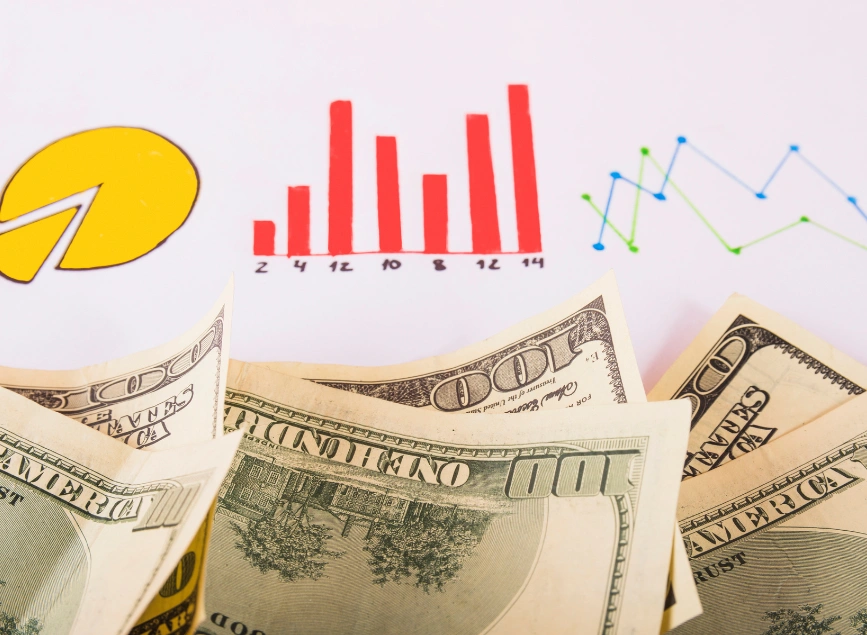
Fed’s Hammack Warns Inflation Fight Isn’t Over Amid Strong Labor Market
🔍 Key Takeaways
- Cleveland Fed’s Beth Hammack signals no urgency to cut rates despite cooling inflation, demonstrating a firm Fed inflation stance.
- The Fed inflation stance is reflected in the strong labor market, with unemployment steady between 4–4.2%.
- Core inflation plateaued around 2.7%, still above the Fed’s 2% target
- Internal Fed debate on rate cuts shows deep division among policymakers due to their inflation stance.
- Taking into account the Fed’s position on inflation, businesses in Cleveland Fed district showing cautious investment behavior.
- Trade and geopolitical uncertainty, especially tariffs, are dragging on sentiment
Hammack: “We’re Not Done Yet”
In a Fox Business interview on Monday, Cleveland Federal Reserve President Beth Hammack emphasized that while the U.S. economy is healthy, the central bank’s fight against inflation is not yet over, highlighting the Fed inflation stance.
“When I step back and think about where the economy is overall, I see an economy that’s really healthy,” Hammack said.
Despite notable progress on inflation, core inflation remains around 2.7%, still above the Fed’s long-term 2% goal. That has made the path forward less certain, with Hammack noting that the Fed remains in data-dependent mode.
📊 Inflation vs Employment: Balancing Act Continues
While the Fed has largely achieved its employment mandate, inflation remains a sticking point. The unemployment rate has remained stable between 4% and 4.2%, but core price growth is proving sticky according to the current Fed inflation stance.
In light of the current inflation stance by the Fed, Hammack described her approach to each FOMC meeting as one of “an open mind”, stressing the importance of incoming data and healthy internal debate.
“Some participants saw no reductions this year,” Hammack noted, highlighting the growing divide among Fed officials on when to start cutting rates.
Businesses Pull Back Amid Tariff and Rate Uncertainty
According to Hammack, business sentiment in the Cleveland Fed district is cautiously optimistic. However, many companies are pausing or scaling down investment due to uncertainty around interest rates, trade policy, and tariff implications.
“We definitely have heard about some plans being cancelled. More, I’d say, have been paused… Others have been scaled down,” she said.
This aligns with broader concerns about the impact of Trump’s new tariffs on Mexico, the EU, and other major trade partners, adding another layer of complexity for business planning.
Read More: How to Start Option Trading Without Feeling Overwhelmed
What’s Next for Fed Policy?
Though Hammack declined to give her personal forecast on rate cuts, she reiterated that current policy is “close to appropriate”, signalling no rush toward easing unless inflation shows clearer signs of decline.
Market watchers now turn their attention to the July 15 CPI report, which could influence rate expectations going into the late July FOMC meeting. With the Fed inflation stance being a determining factor, these reports are crucial.
🧾 Cleveland Fed Inflation Snapshot
| Indicator | Current Level | Fed Target | Commentary |
|---|---|---|---|
| Unemployment Rate | 4.0%–4.2% | ~4% | Within range, meets full employment goal. However, inflation stance impacts overall economic outlook. |
| Core Inflation | 2.7% | 2% | Still elevated, slowing disinflation |
| Business Sentiment | Mixed | N/A | Optimistic but increasingly cautious |
💬 Final Thoughts
Hammack’s remarks reflect a careful Fed, unwilling to cut too soon and risk a rebound in inflation. With rate cut expectations divided and businesses signalling concern, the coming months could test the Fed’s balancing act between growth, inflation, and global uncertainty.
📢 Will inflation fall fast enough for a September cut or is the Fed stuck in limbo? Tell us what you think below!
Share
Hot topics

What Is the US Dollar Index (DXY) in Forex?
If you’ve spent any time exploring global markets, you’ve certainly heard about the US Dollar Index, known as DXY. For many beginner traders, it appears to be one of those...
Read more




Submit comment
Your email address will not be published. Required fields are marked *